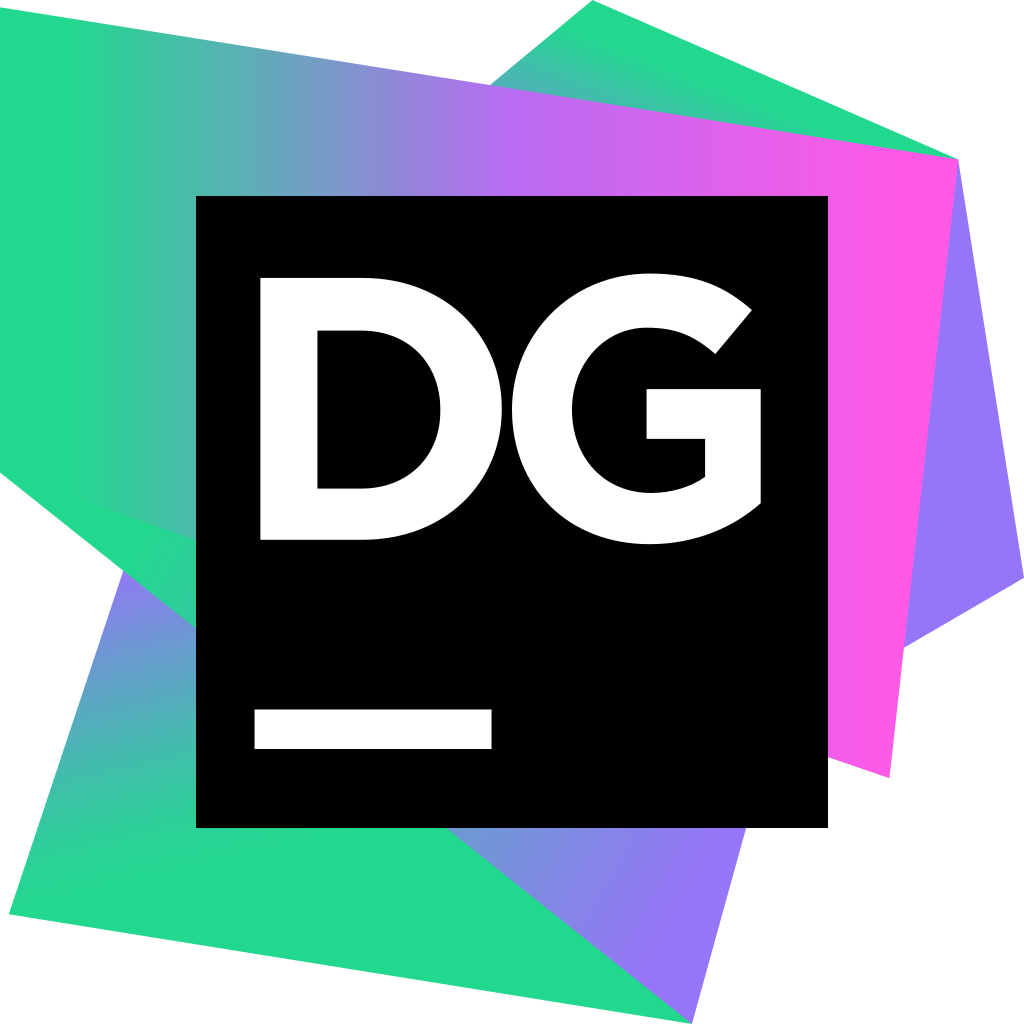JetBrains DataGrip

Code Generation and Database Elements
JetBrain DataGrip is a platform for processing database elements. In the case when the user deals with tables and performs various actions in them, including editing columns, the use of the DataGrip graphical interface will be very appropriate. Such adjustments involve the creation of a specific script. So, adjustments are made directly in the database, or the generated DDL query is copied directly to the editor, and further work is carried out subsequently with the code itself.
Automatic add-on
DataGrip is focused on maintaining automatic code completion, which has a positive effect on the speed of writing queries. While typing the code, the IDE recognizes the context and performs the usual operations for the user – it assists in writing code, taking into account specific keywords and names of database elements. Along with this, the program takes into account dependencies when prescribing JOIN, makes hints regarding the types of parameters when performing functions, describes the table structure in INSERT clauses.
Navigating with code and renaming
The IDE tool recognizes which database elements are used in the code. Therefore, if you change the name of one of them in the query, the corresponding changes will occur in the database. There is a search function where an element or symbol was used in a part of the query. In addition, there is an option to migrate from use to the update point. When the user performs the same actions on an object already generated in the database, the cursor moves it to the window of the database structure. When a specific name of an element that does not exist in the database is requested (for example, the name of the table or row was not correctly specified), the IDE informs about the presence of an error and gives solutions.
Data operations
The Table Editor in JetBrain DataGrip is able to filter out information as well as text navigation in a table. In addition, if there is a connection between external “kei”, it is possible to wrap in table lines referencing these keys, and back again.
Execution of requests
To produce part of the query, you must mark the code and then run it. In the query result window, you can use a large number of Table Editor options – with its help you can correct the data, and there is also text navigation in it.